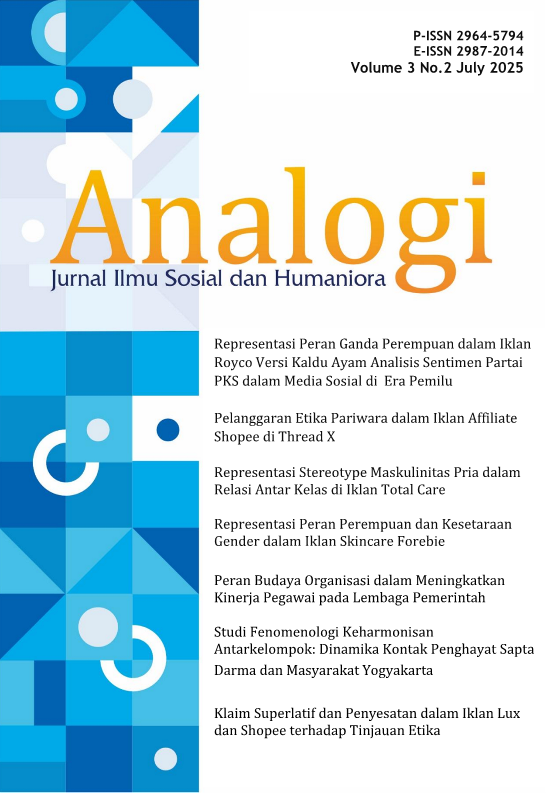Studi Fenomenologi Keharmonisan Antarkelompok: Dinamika Kontak Penghayat Sapta Darma dan Masyarakat Yogyakarta
Abstract
This study aims to explore the history, forms, and factors that contribute to effective contact between the Sapta Darma adherents in Yogyakarta and the surrounding community so the intergroup harmony has been maintained over time. The research employs a qualitative approach with a phenomenological method to understand the subjective experiences of the informants. The findings show that contact between the two groups occurs through both direct and indirect interactions. Direct contact takes place through various social activities such as neighborhood gatherings, PKK meetings, the tirakatan night on August 17th, community service (kerja bakti), village outings, night patrols (ronda), and elections held at the Sanggar Candi Sapta Rengga. Meanwhile, indirect contact occurs via communication platforms such as WhatsApp. These interactions are considered positive and effective as they fulfill the four key conditions proposed by Allport's contact theory: equal status, common goals, cooperation, and support from authorities. The effectiveness of this contact contributes to the development of a harmonious relationship, marked by mutual respect, openness, tolerance, and acceptance of religious differences. In addition, the study identifies relational principles rooted in the local Javanese culture of Yogyakarta—such nuwun sewu, tepo sliro, srawung, and nrimo—which further reinforce intergroup interaction and help sustain social harmony within the framework of local cultural values.
Keyword: Intergroup Contact, Sapta Darma, Intergroup Harmony, Indigenous Psychology









